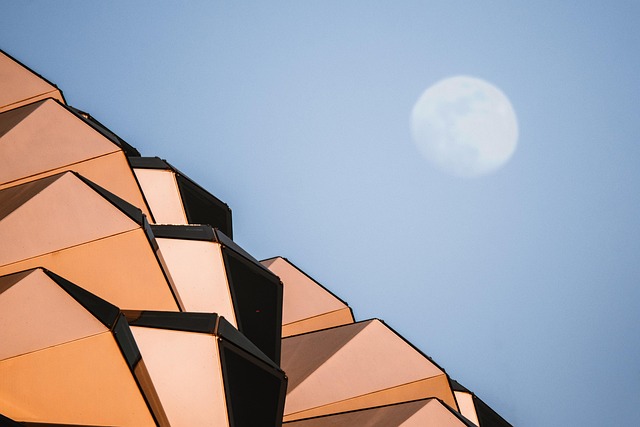# Redefining Art: The Transformative Influence of AI on Visual Aesthetics and Artistic Practices
The intersection of artificial intelligence (AI) and art is reshaping the creative landscape in unprecedented ways. As technology advances, artists are increasingly incorporating AI tools into their workflows, fundamentally altering the processes of creation, curation, and appreciation. This article explores the transformative influence of AI on visual aesthetics and artistic practices, examining how it redefines the roles of both the artist and the audience.
## The Emergence of AI as a Creative Partner
Historically, artists have relied on traditional mediums and techniques to express their visions. However, the advent of AI technologies has introduced a new dimension to the creative process. AI algorithms can analyze vast datasets, learn from existing artworks, and generate original pieces that challenge conventional notions of creativity. For instance, generative adversarial networks (GANs) can produce stunning visual compositions that mimic the styles of renowned artists or create entirely new aesthetics that have never been seen before.
This shift in the creative paradigm invites artists to collaborate with machines, positioning AI as a creative partner rather than a mere tool. Artists like Refik Anadol and Mario Klingemann have embraced this collaboration, using AI to explore complex themes and push the boundaries of their artistic expressions. The result is a hybrid form of art that blends human intuition with machine learning, leading to innovative outcomes that provoke thought and inspire dialogue.
## Redefining Artistic Authorship and Ownership
The integration of AI into the artistic process raises critical questions about authorship and ownership. Traditionally, the artist has been seen as the sole creator of a work, a notion that becomes increasingly complicated when AI is involved. When an algorithm generates an artwork, who holds the rights to that creation? Is it the programmer, the artist who directed the AI, or the AI itself? These questions challenge long-standing legal frameworks and ethical considerations surrounding intellectual property.
Moreover, the concept of originality is being reexamined in light of AI-generated art. With algorithms capable of producing works that closely resemble existing styles or even remixing various influences, the definition of what constitutes “original” art is evolving. While some critics argue that AI-generated works lack the emotional depth and intentionality of human-made art, proponents assert that these new forms can evoke emotional responses and stimulate new conversations about the nature of creativity itself.
## Transforming the Art Market and Audience Engagement
AI’s impact on the art world extends beyond creation and authorship; it is also transforming how art is marketed and consumed. AI-driven platforms are revolutionizing the way collectors discover and purchase art. Machine learning algorithms analyze consumer preferences and trends, enabling personalized recommendations that cater to individual tastes. This democratization of access allows a broader audience to engage with art, breaking down barriers that have traditionally limited participation in the art market.
Additionally, immersive experiences powered by AI are redefining audience engagement. Virtual reality (VR) and augmented reality (AR) applications allow viewers to interact with art in ways that were previously unimaginable. For example, AI can create dynamic installations that respond to the movements and emotions of viewers, creating a participatory experience that blurs the lines between artist and audience. Such innovations not only enhance appreciation for the artwork but also invite deeper exploration of the themes and concepts behind it.
## Conclusion: A New Era of Artistic Expression
As we navigate this new era of artistic expression, it is clear that AI is not merely a passing trend but a transformative force that is reshaping the landscape of visual aesthetics and artistic practices. By serving as a creative partner, redefining authorship, and revolutionizing audience engagement, AI is challenging traditional notions of what art can be and how it can be experienced.
The ongoing dialogue between human creativity and artificial intelligence continues to evolve, inviting both excitement and skepticism. Artists, technologists, and audiences alike must grapple with the implications of these changes, considering how they influence our understanding of creativity, value, and the very essence of art itself. As we embrace this transformation, it is essential to remain open to the possibilities that AI presents while critically examining the ethical and philosophical questions it raises. In doing so, we may find new pathways for artistic exploration and a deeper appreciation for the complexities of the human experience in an increasingly digital world.

